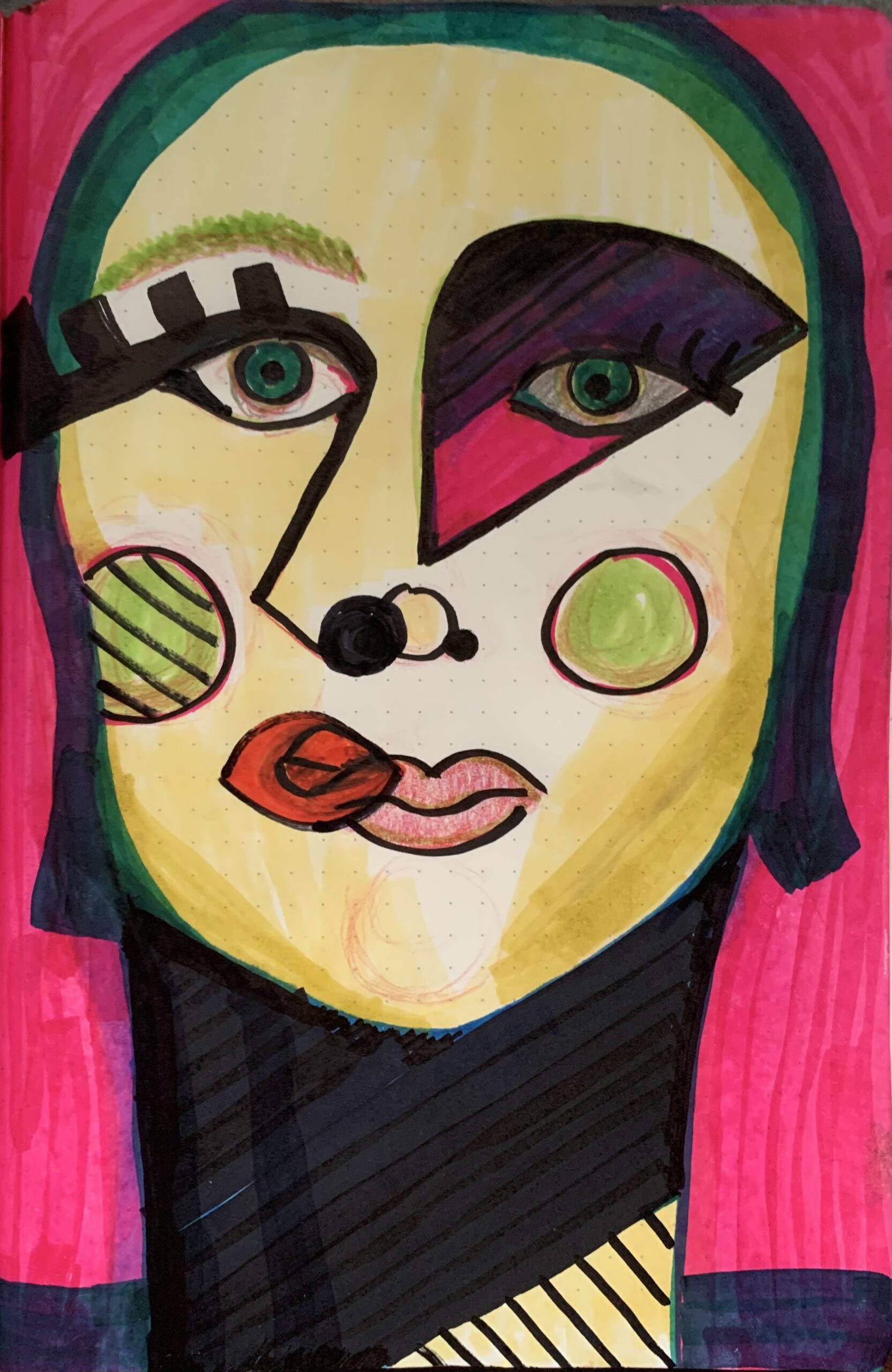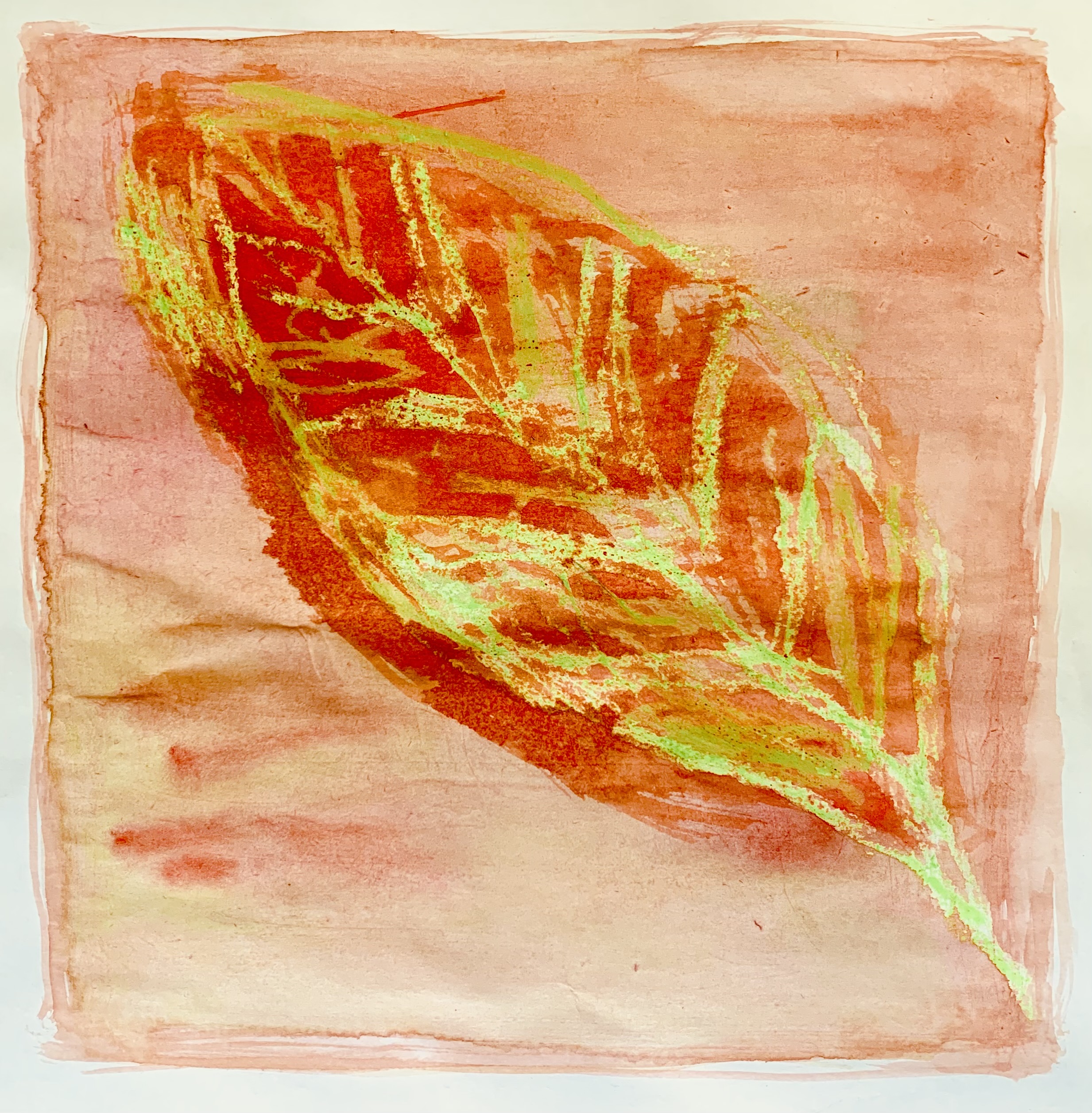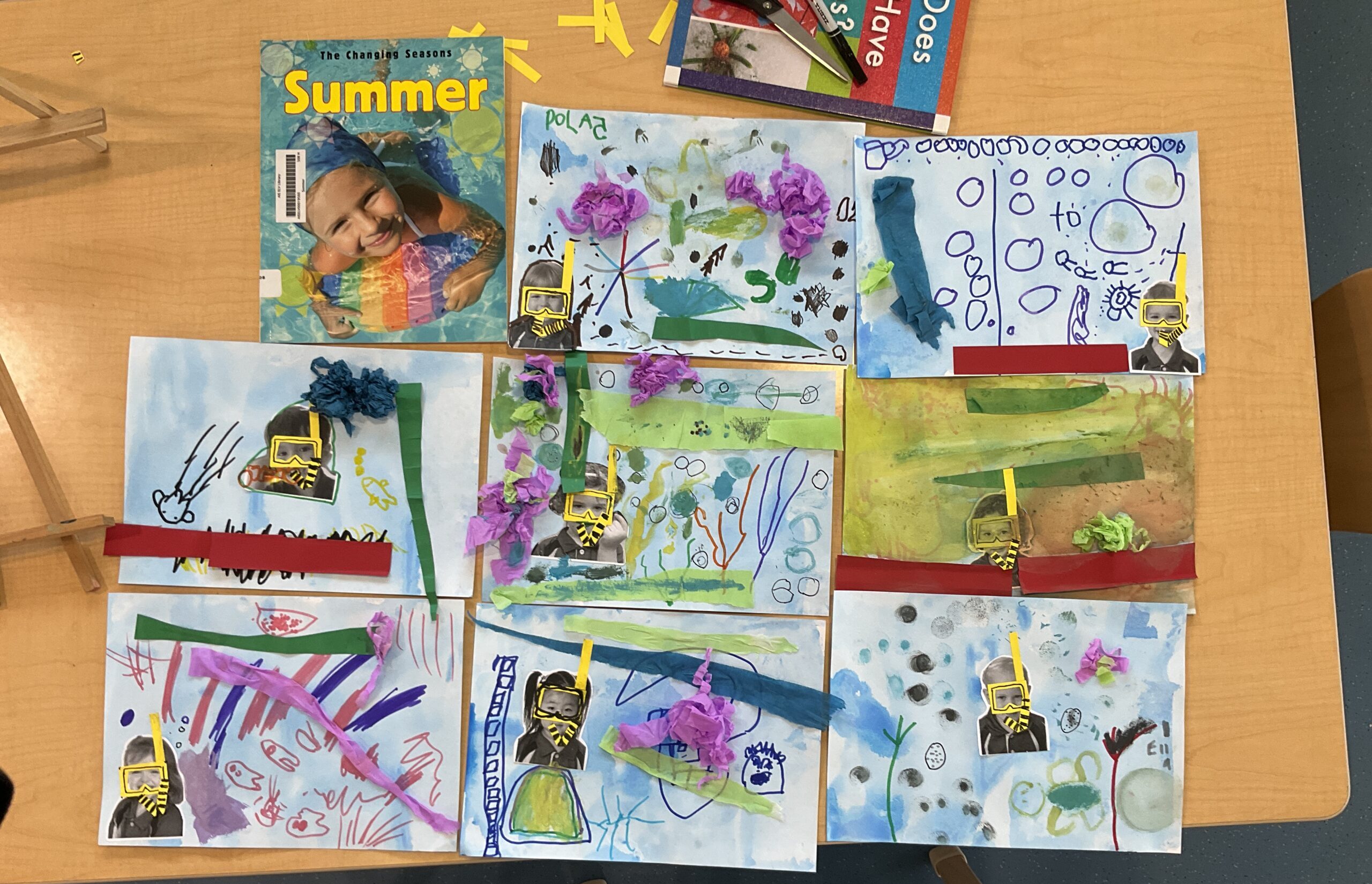Exploring Color, Emotions, and Composition with Murakami’s Flowers
Introduction
Takashi Murakami’s vibrant, playful flowers offer a unique platform for exploring how color, emotion, and composition come together in art. In this lesson, students will delve into the relationship between color choices and emotional expression through their own flower designs, inspired by Murakami’s iconic motifs. By exploring how color influences mood and composition impacts visual harmony, students will gain a deeper understanding of how to manipulate these elements to create meaningful art.
Statement of Inquiry:
How can the use of color and composition express emotions in art?
In this inquiry, students will explore the connection between color, emotions, and composition in their own artwork. Through the lens of Takashi Murakami’s flowers, they will see how different hues and shapes can evoke specific emotional responses and how an arrangement or structure can influence the emotional tone of a piece.
Related Concept:
Emotion and Composition
The key related concept here is emotion, which involves how artists can convey specific feelings through visual elements. For Murakami’s flowers, the use of color, facial expressions, and symmetry are all employed to trigger emotional responses from the viewer. Composition, which involves the arrangement and structure of visual elements within a work, will also be explored as a way to heighten or shift emotional undertones in the artwork.
Global Context:
Identities and Relationships
Murakami’s flowers are not just iconic in the art world but also in popular culture, where they have been used in products, fashion, and even corporate branding. This global context invites students to think about how art can reflect personal identity and how visual art communicates emotions across different cultures and contexts. Murakami’s flowers, appearing in a variety of media and industries, highlight the intersection between art and global identities—whether through product design, cultural representation, or emotional connection.
Brief:
Drawing Flowers with Different Emotions Using Markers
Students will create a series of flower drawings using markers, each one designed to convey a distinct emotion through color choices, facial expressions, and composition.
- Objective:
Each student will draw at least three flowers, each one representing a different emotion—joy, sadness, anger, or calm—using colors and facial expressions inspired by Murakami’s style. - Materials Needed:
- Markers (variety of colors)
- Paper (preferably white, to highlight marker colors)
- Reference images of Murakami’s flowers (both in full and close-up)
- Instructions:
- Choose an emotion for each flower.
- Select a color palette that reflects the chosen emotion (e.g., warm colors for joy, cool tones for sadness, etc.).
- Draw the flowers with exaggerated faces—play around with size and placement to create the desired emotional effect.
- Experiment with composition: consider whether a symmetrical or dynamic arrangement works best for each emotion.
- Reflection:
After completing their drawings, students will reflect on how their choices of color and composition influenced the emotions conveyed in their work. How did they use color theory to communicate emotion? Did they find that certain colors automatically evoked certain feelings? Were their emotional choices intentional or intuitive?
Inspiration:
Museums, Artists, Paintings, Sculptures, and Products
- Museums and Artists:
- Takashi Murakami: Of course, Murakami himself is the primary source of inspiration. His work, especially his flowers, is a perfect example of using vibrant colors and playful shapes to express emotions and engage with a broad audience. Murakami’s use of pop culture references and his influence on contemporary art will be central to discussions.
- Andy Warhol: Known for his bright, bold colors and use of mass-produced imagery, Warhol’s works like his flower series serve as another example of how color can influence emotional tone.
- Yayoi Kusama: Kusama’s use of repeating patterns and bold color choices also aligns with Murakami’s aesthetic, although her work often carries a more introspective or obsessive emotional quality.
- Paintings and Sculptures:
- “Flowers” by Takashi Murakami: Murakami’s famous flower paintings are a direct inspiration. The exaggerated facial expressions within the petals give these flowers a playful yet profound character. Students can study how the flowers vary in emotional intensity based on the size of the faces or the color palette.
- Warhol’s “Flower” Series: Explore Warhol’s version of flowers, which transforms everyday objects into vibrant, iconic imagery. Discuss how Warhol’s use of color and repetition influences our emotional connection to simple forms.
- Companies and Products:
- Murakami’s flowers are more than just artworks—they are also trademarks used in products like Louis Vuitton bags and even on the cover of album art. His flowers have become symbols of contemporary pop culture, where they are used to evoke feelings of joy, youthfulness, and energy.
- Louis Vuitton x Takashi Murakami Collaboration: Discuss how Murakami’s flowers were used in luxury fashion. How does using these flowers on high-end products affect the emotional experience of the viewer/consumer? How does the juxtaposition of art and commercial products affect the meaning of his work?
- Pop Culture:
- Murakami’s flowers are everywhere, from the cover art of albums like Kanye West’s Graduation to collaborations with major brands. Students can explore how these flowers are used across various media and products, changing their emotional context from fine art to everyday items.
Conclusion
Takashi Murakami’s flowers are a vibrant and multifaceted gateway to understanding how color, emotion, and composition can be used to express meaning in art. By examining his work, students can learn how to manipulate these visual elements in their own pieces, while reflecting on the broader cultural and emotional implications of their choices. This project encourages self-expression, exploration, and creative play, all while engaging with a contemporary artist whose work spans both fine art and popular culture. Through this exploration, students will better understand how artists can convey complex emotions in simple, accessible forms.






















